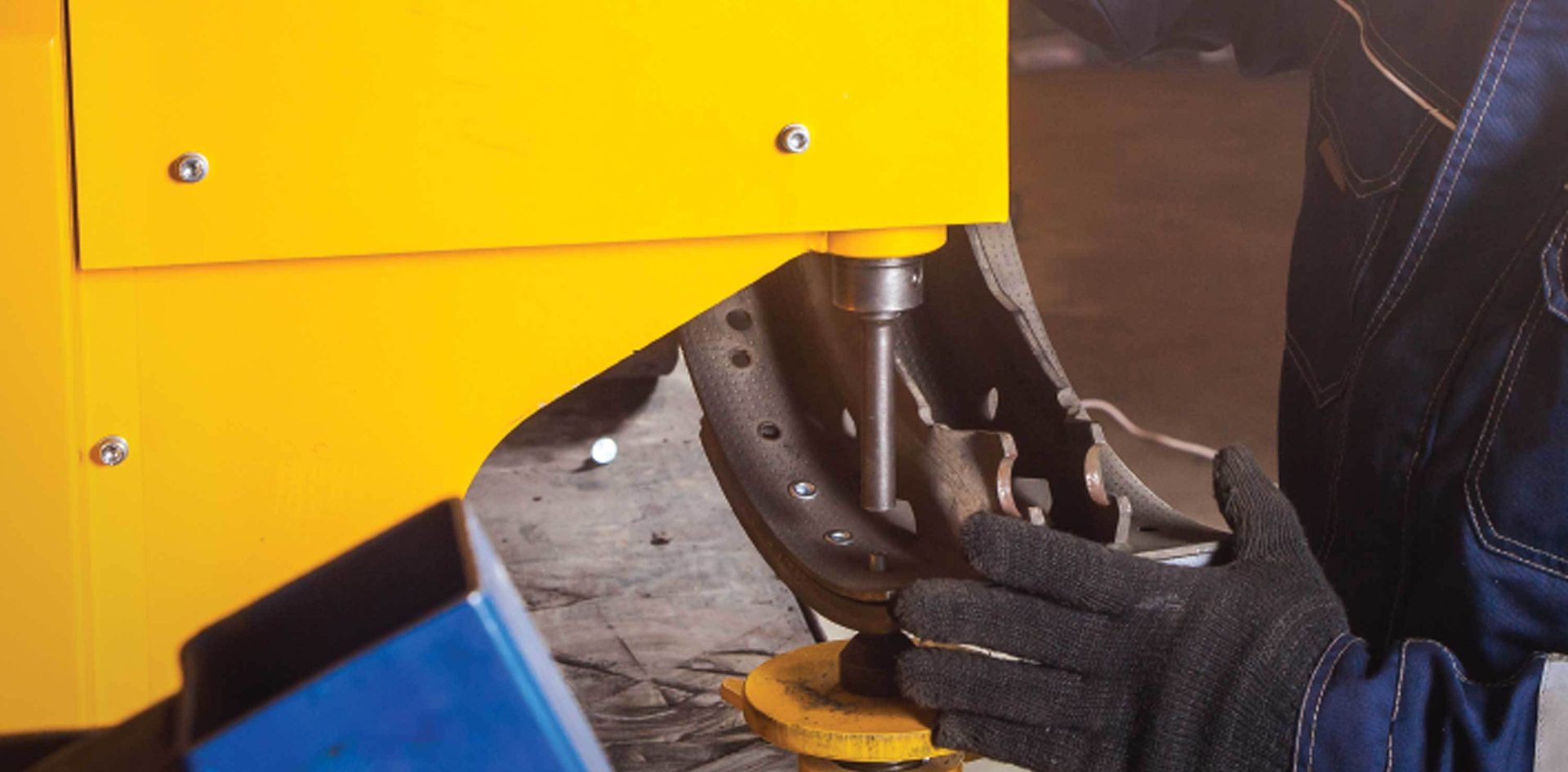Presses, Forming & Riveting Machines

Assembling one part to another usually requires a third material—screws, adhesive or filler metal—but it doesn’t have to. In fact, sometimes all you have to do is bend, fold or deform a feature on one part to capture the other. As long as one of the parts is made of a malleable material—typically metal—engineers can use a press to crimp, stake, swage or clinch it to retain the other part. Alternatively, assemblers can simply insert one part tightly into a hole in another part. The assembly stays in place through friction and the force of the two parts pushing against each other. In most cases, the press fit is strong enough to stand on its own. In others, the joint is augmented by an additional assembly method, such as adhesive bonding or brazing. Many parts are assembled with press fits, including bushings, bearings, pins, studs, rotors, gears, pulleys and shaft collars. In most cases, these methods are much less expensive than bonding, welding or fastening the parts.
Image courtesy Vitalij Sova, iStock / Getty Images Plus
To find all suppliers of Presses, Forming & Riveting Machines, click here
CLICK HERE

